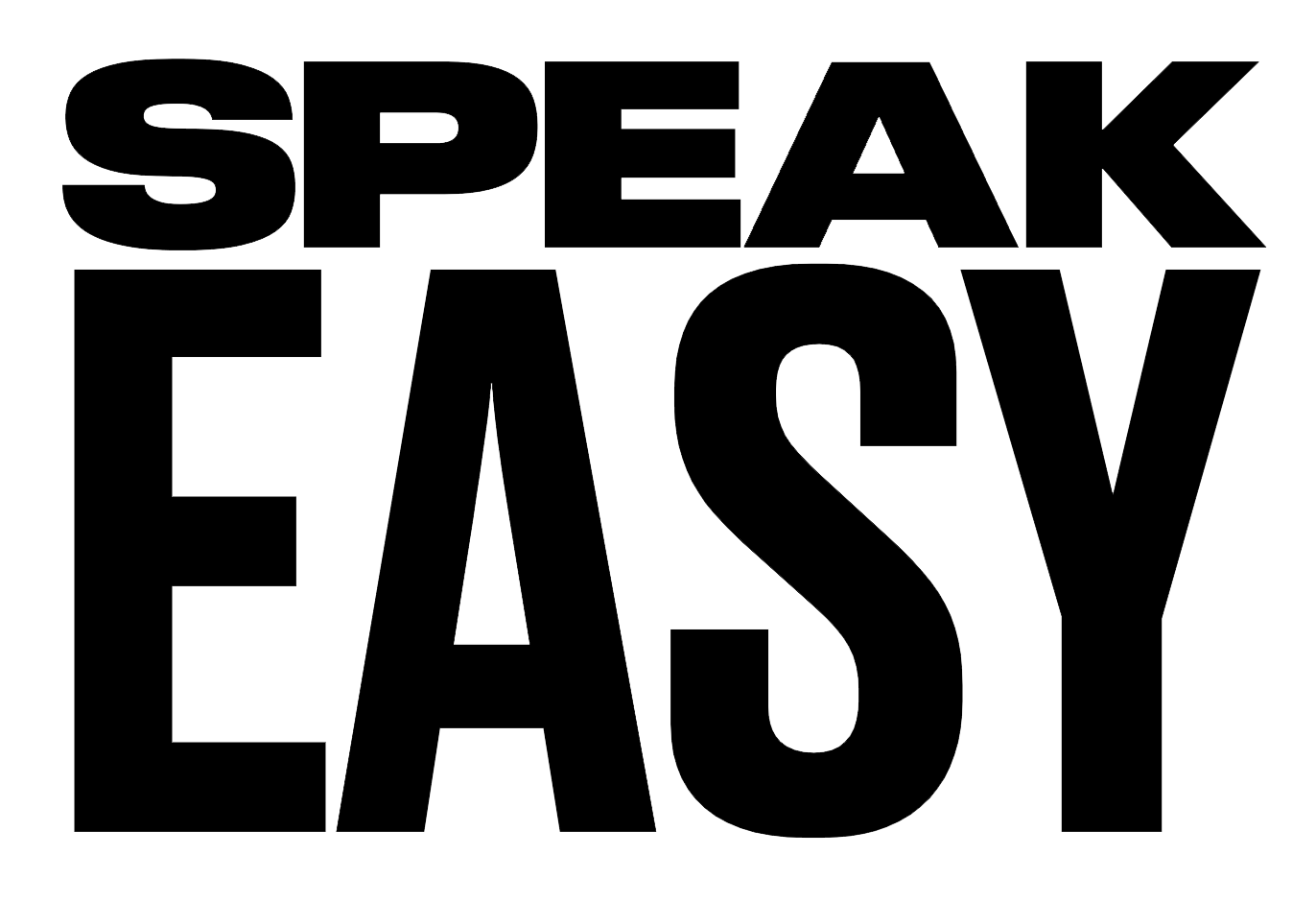Website Development Glossary
This is our glossary of terms related to language used in Website Development tactics
Website Development
301 redirect
A permanent redirect from one URL to another, usually from your old website to the new website. (e.g.“website.com/about-us” now redirects visitors to “website.com/our-company” on the new website.)
Website Development
Accessibility
Website accessibility concerns making a website accessible by people with disabilities. All websites built should follow guidelines outlined by the Americans with Disabilities Act (ADA).
Website Development
ALT tag
Alternate descriptive text that is displayed inside the image placeholder while the page is loading or is read by a screen reader. ALT text plays a role in optimizing a website for ADA compliance, helps with SEO ranking, and overall web accessibility.
Website Development
API (Application Programming Interface)
an interface implemented by an application for other applications to communicate with and use its resources. For example: you use Google Maps API to implement a version of Google Maps on your website.
Website Development
Breakpoints
The points at which a website’s content and design will adjust to accommodate various screen sizes to provide the user with the best possible layout to view the content on any device. In responsive design (see term below), breakpoints are often defined by common device widths, such as smartphone, tablet, and desktops above 1024px.
Website Development
C
Like C++, C is and old school language, easily compiled, and general purpose. It’s the most widely used programming platform that offers building elements for other languages like C++, Python and Java. In fact, many of these languages are based on C. A great option for full stack developers and those who want to add […]
Website Development
C++
General purpose, well compiled and around since 1979, C++ is an object oriented, very technical language. Extremely powerful and with extensive libraries, this is one of the cornerstone languages of back end development. Especially useful for high performance programs and template-heavy programs, this stalwart isn’t going anywhere just yet. If you already know C (or […]
Website Development
Caching
A cache is a temporary data storage mechanism that aids in site speed by storing relevant information on your computer the first time you visit a website. Then, your computer does not have to reload that information each time you access the site again. Oftentimes when you make small changes to your website, you may […]
Website Development
Call to Action (CTA)
Specific text, image, banner or button that uses action-oriented language to urge a visitor on a website to act. CTAs are designed to move a visitor from one page to the next and persuade them to take an expected, predetermined action. (e.g. Download a Whitepaper, Register for a Webinar, Contact Us, Learn More, etc.).
Website Development
Content Management System (CMS)
A software system that is used to edit the content on your website. This allows you to log in to the “back end” of your website to edit the text and images. Some examples include WordPress and Drupal. A CMS is designed to simplify the publication of website content, without requiring technical knowledge of code.
Website Development
Conversion
When a user takes a specific desired action related to online marketing and lead generation. This includes completing a web form, submitting a request for information, subscribing to a newsletter or making an e-commerce purchase.
Website Development
Cookies
A small text file that includes an anonymous unique identifier and visit information that is sent to a browser from a website and stored on a visitor’s computer hard drive. This data can provide information about who visits the website, how often they visit, what parts of the site they visit the most and their […]
Website Development
CSS
Cascading Style Sheets (CSS) are the code that developers use to designate how a web page should be presented to visitors. It formats the look and feel of your website, and sets global styles for fonts, colors, buttons, hover states, images, menus, etc.
Website Development
DNS (Domain Name Service)
Websites are located by their IP address rather than domain names – which they are commonly remembered as. DNS helps to translate domain names to IP addresses when requesting a website.
Website Development
Domain
The name of the website that people type into a browser to visit it. For example, our domain is circlesstudio.com.
Website Development
Domain Name
a unique name that identifies a website. Each website has a domain name that is used to access the website
Website Development
Easter Egg
noun a hard-boiled egg that is dyed and often decorated as part of the Easter celebration. an unexpected or undocumented feature in a piece of computer software or on a DVD, included as a joke or a bonus. :egg:
Website Development
Error 404
an error message indicating the server cannot find what was requested by the user. For example: landing on a page that does not exist on a website.
Website Development
Favicon
A small icon image, often a company logo, that displays on the title bar or tab of a browser.
Digital Media & Advertising
FPO
For Position Only – this is not the final content, but its dimensions are accurate
Website Development
FTP (File Transfer Protocol)
a common method of transferring files from one computer to another over the Internet.

